Every year hundreds of thousands of people line up along Colorado Boulevard to watch the Rose Parade, and it’s up to designers like John Ramirez (a story artist on the film Tarzan and more recently on Elena of Avalor) to astonish them with immaculately crafted parade floats that have been heralding the New Year since 1890.
“The audience only has a few seconds to see [whatever story you have to tell] before they move on to the next float,” says Ramirez, who uses his experience at Disney and Warner Bros. as inspiration. “I find it a lot like storyboarding,” he says. “You’re trying to create a scene that they can understand right away.”
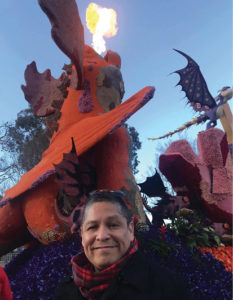
Each float becomes a frame to tell a complete story visually, including characters, costumes, and even dance choreography. “You’re hitting the audience with music and dancing and bright colors and fantastic shapes,” he says. “Making their experience really fun, and that’s the whole point of it.”
The year’s worth of work building a float begins in February when the organizers announce the theme, which this year is “The Power of Hope.” At this point, Ramirez is free to sketch out anything and everything that comes to mind. Working within the constraints of the theme isn’t a problem for him though. In fact, he says, “I find that limitations in art make the art better.”
With his preliminary sketches completed, Ramirez meets with his client to pitch them his concepts. Each float is sponsored by corporations who might come into the room with their own ideas for a float or with nothing at all, and Ramirez collaborates with them to find the story they want to tell.
“You’re hitting the audience with music and dancing and bright colors and fantastic shapes. Making their experience really fun, and that’s the whole point of it.”
Drawing from his experience in animation, this series of notes and revisions is an integral part of the creative process, and sometimes the relationship between them can grow over the years like it has with China Airlines, for whom Ramirez has designed multiple floats for. After all this time, they’ve developed an effective shorthand that turns the client-artist relationship into a true partnership.
It’s in summer when building the floats turns into a relay race. Ramirez hands off his designs to a 3D modeler who translates them into a computer model, which in turn is fed to a robotic sculptor that carves out the design in foam with expert precision. Carpenters assemble the pieces onto the float’s monstrous metal chassis while welders assemble the steel pieces together.
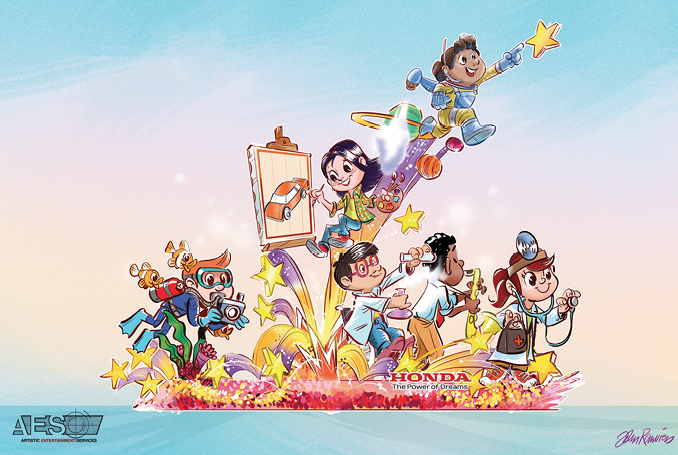
The float doesn’t take its full shape until a few days before the parade when the florists come in and coat it with fresh flowers. Flowers, it turns out, are the real star of the show. Until this point, the float is monochromatic plastic, styrofoam, and steel. Afterwards, it’s a dizzying mix of every color nature can produce. Collaborating with the florists is delicate work, whether they’re trying to create a sense of peaceful tranquility or fluid motion.
“Their office is like a mad scientist’s laboratory,” he says when explaining how the florists are able to match natural materials like dried nuts, fruits, and flowers to the colors in Ramirez’s designs. Artificial materials are prohibited, which means 100 percent of what you’re seeing on each parade float comes out of the florist’s lab. Most colors are created with dried flower petals and fruits, but the centerpiece of a float often requires a special ingredient. When creating a float for Netflix’s The Little Prince, for example, whole flower heads were used to create a giant planet because they added an extra layer of texture and depth to the planet’s craters that was essential to the story.
After all this work is done, the big day comes with all the pomp and circumstance the Rose Parade is famous for, but don’t go looking for Ramirez. “I’m happy to be at home watching it from TV,” he says with a hearty laugh.
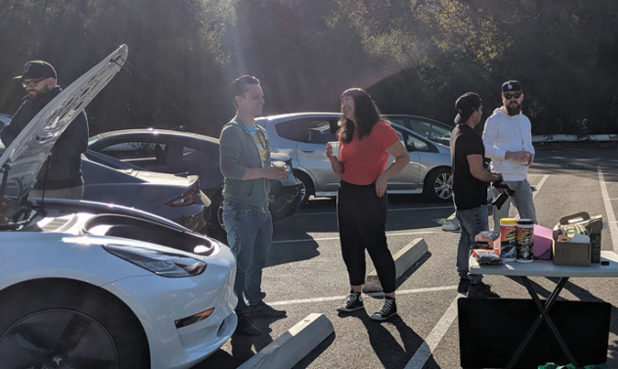
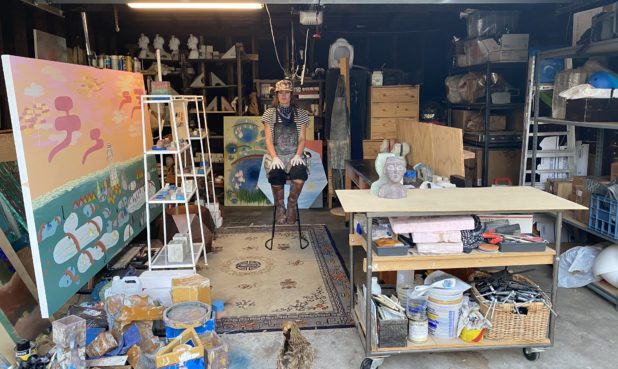
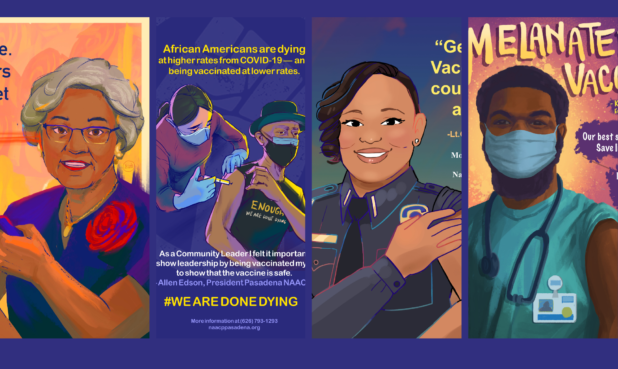
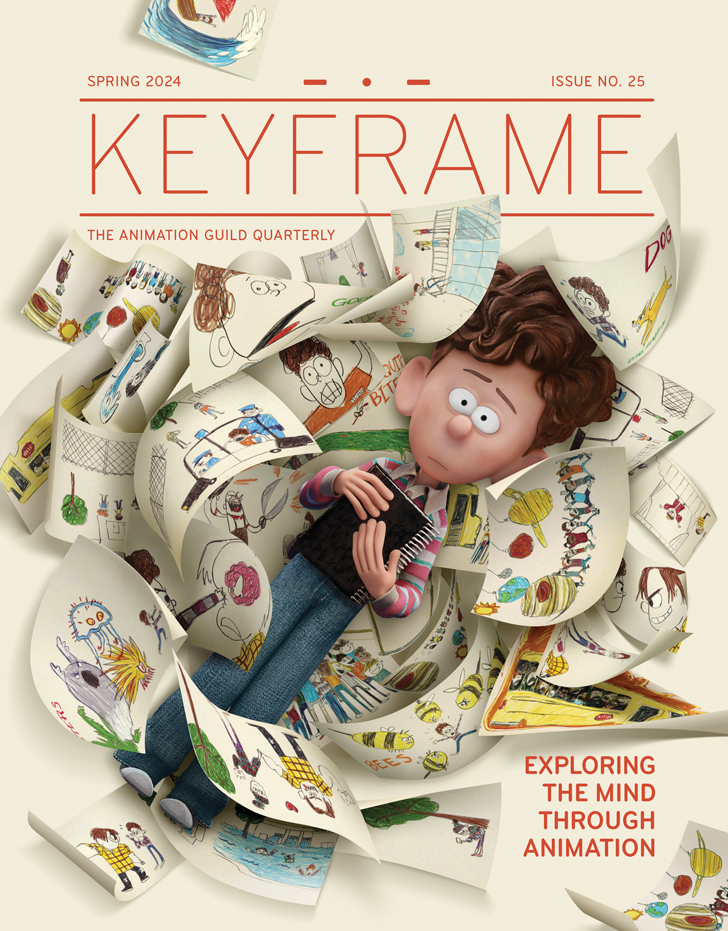
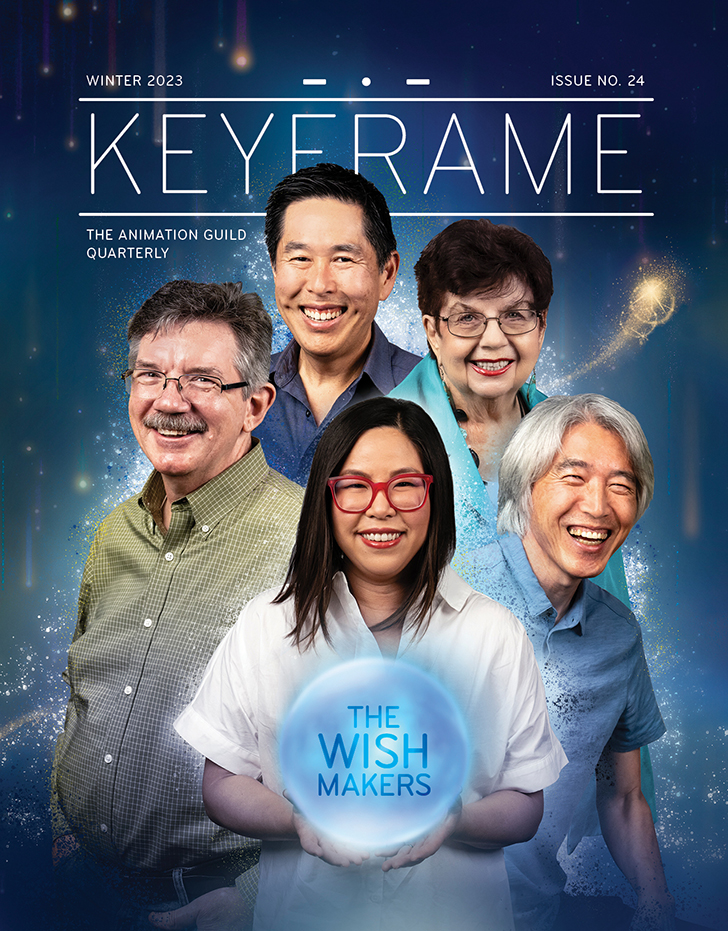
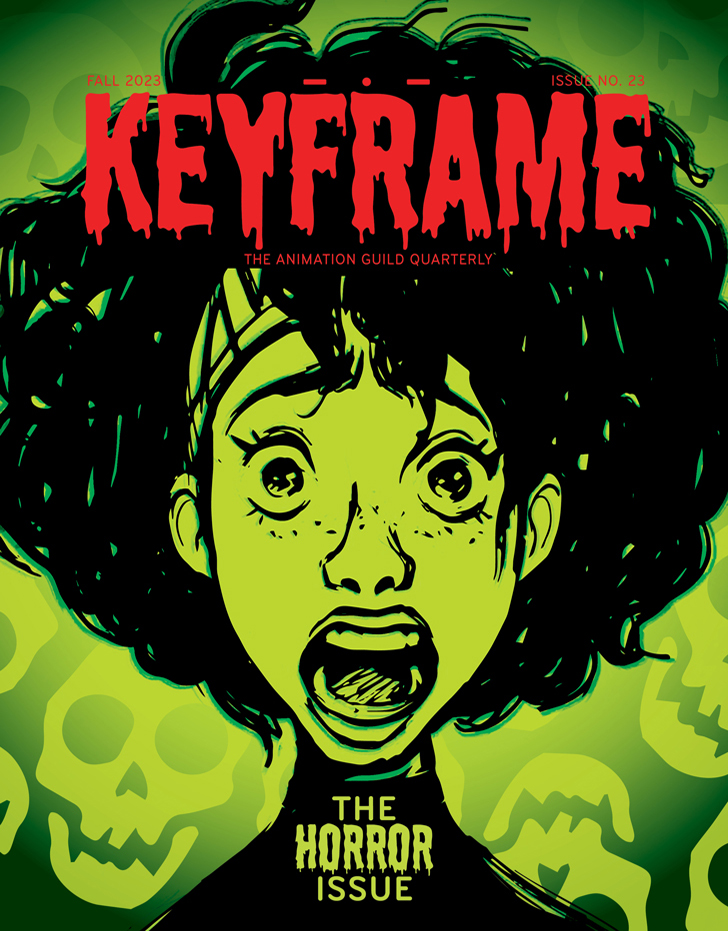
.png)